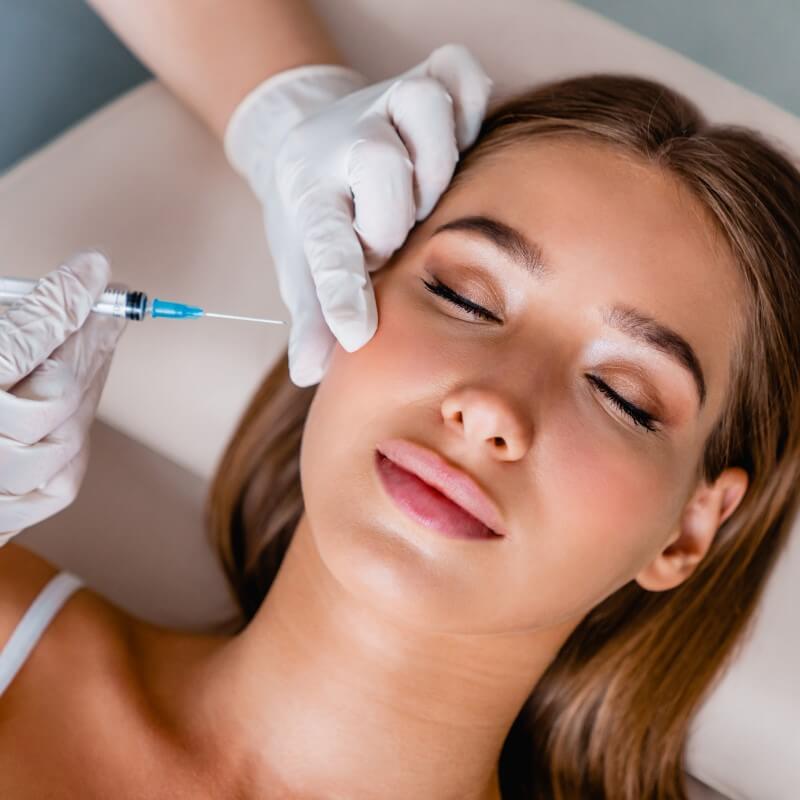Botox & Dysport at Chanel Frances: Prescription Medications for Wrinkle Treatment


Administered by licensed healthcare providers, Botox injections meet medical control standards approved by the U.S. Food and Drug Administration. The procedure is generally safe when performed correctly, with possible side effects including pain, swelling, bruising at the injection site, headache, or flu-like symptoms. More serious side effects, although rare, should be reported to your healthcare provider immediately.
The effects of Botox injections typically begin within 1-3 days after treatment and can last for 3 to 4 months. To maintain your desired results, you may need follow-up injections every three months or more, depending on individual factors.
Dysport, like Botox, is a prescription injection that uses botulinum toxin type A to temporarily reduce muscle activity and smooth moderate to severe frown lines between the eyebrows. With 25 years of clinical experience and approval in 69 countries, Dysport is a trusted solution for adults seeking natural-looking, fast-acting, and long-lasting results.
Dysport works by injecting the toxin into five specific points between and above the eyebrows, preventing muscle contractions that cause frown lines. Many users see improvement within 2-3 days after treatment, and the results can last up to 5 months. Dysport is also used to treat conditions like cervical dystonia, lazy eye, muscle contractures, hyperhidrosis, chronic migraines, bladder dysfunction, and eye twitching.
Similar to Botox, Dysport has potential side effects. Discussing your medical history and current medications with your healthcare provider is essential to ensure the best possible outcome.


Botox vs. Dysport: What’s the Difference?
While both Botox and Dysport utilize botulinum toxin type A to reduce muscle activity and smooth wrinkles, there are some key differences between the two. Dysport tends to act faster, with users often noticing improvements within 2-3 days, compared to Botox’s 1-3 days. Dysport’s effects also encompass a wider area of injection, potentially requiring fewer injections for the desired result. On the other hand, Botox has been around longer and is more widely recognized. It’s crucial to consult with a qualified healthcare professional to determine which treatment is best suited for your individual needs and desired results.

